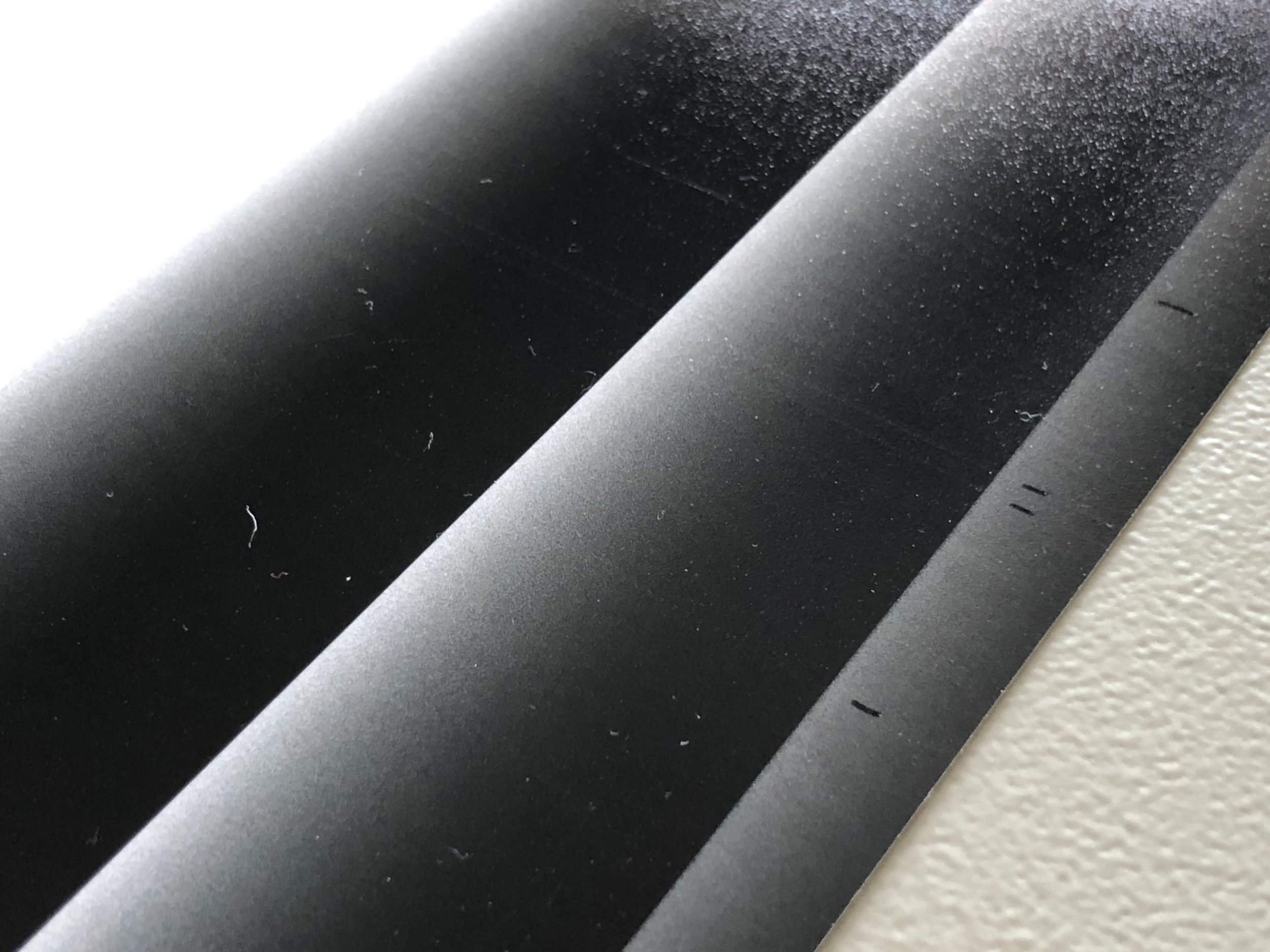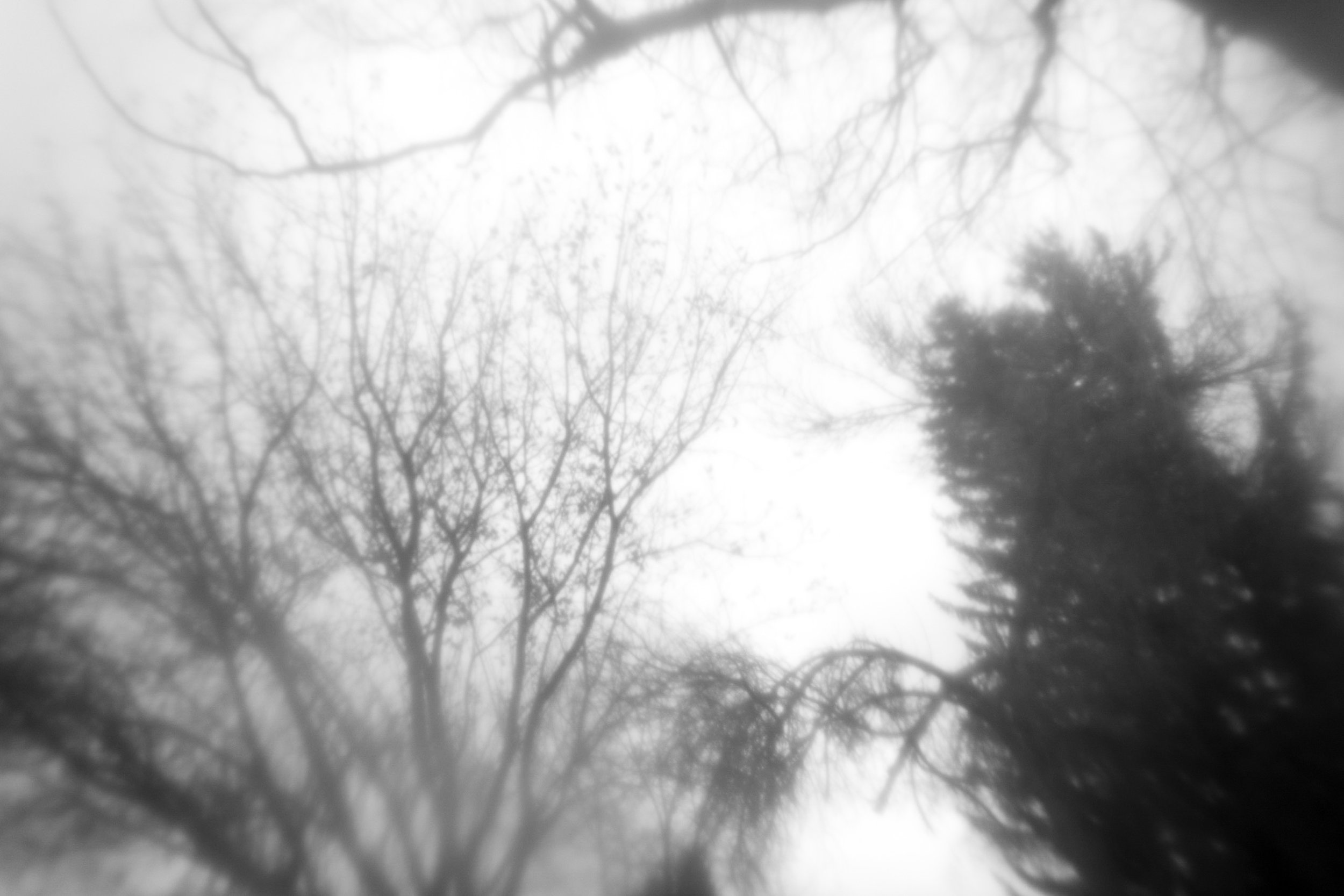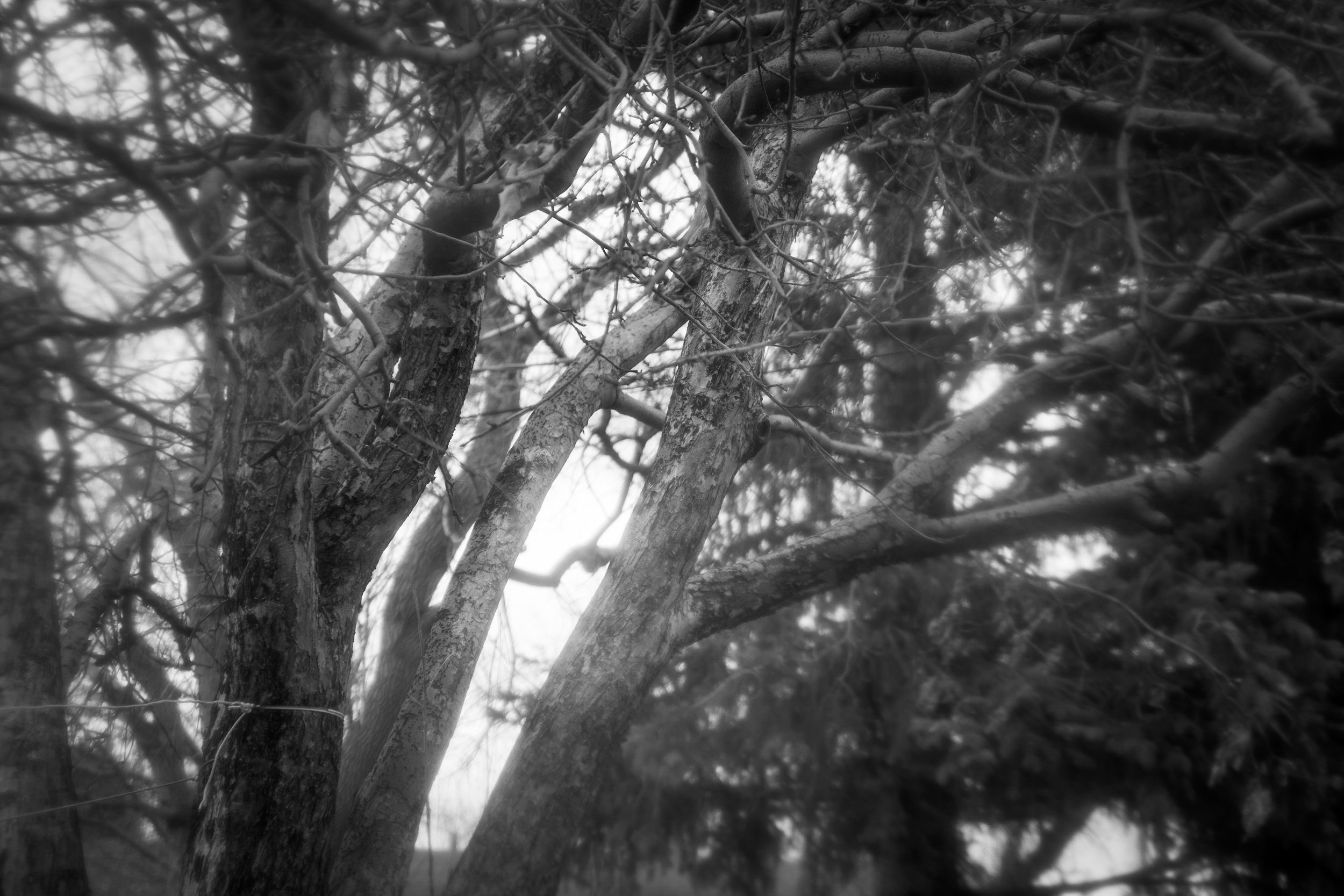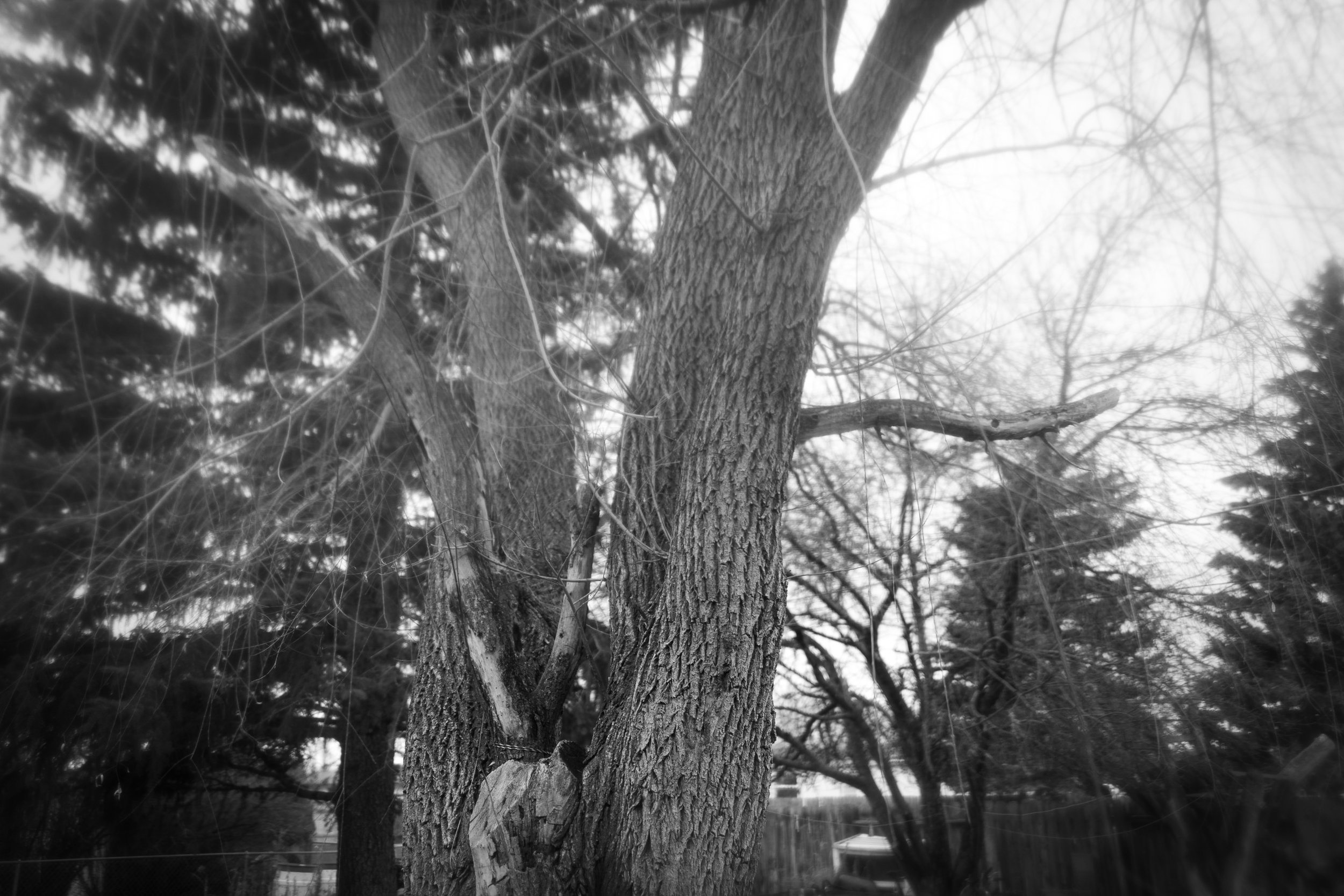Something I've always known while working on my parks project is that I'd eventually need to include photographs of the playgrounds that exist in these parks. I've never done anything about it since I've been super self-conscious of the appearance of a strange, lone man in the park with a camera on a tripod photographing a playground full of kids running around. Even when using my large format gear (maybe especially, due to the size of the camera and laboriousness of using it) I still felt like people would think I was a creep and call the cops, and that was when I wasn't even near playground equipment. I think I'll still feel like that to a small degree even now that I'm a father and my kid will be one of the ones playing.
Anyway, this has got me thinking about these playgrounds (what I grew up calling "Jungle Gyms") and how they've changed over the years since I was a child, and beyond even that time. Frederick Law Olmsted, when designing New York's Central Park, included plans for a place for children to play, an area he called the "Kinderberg" or "Children's Mountain." Parks and playgrounds grew more prolific in the late 1800's to early 1900's, and where a park couldn't be created, schoolyards were opened up for year-round use, and vacant lots were temporarily re-purposed for children's recreational use. This explosion of public parks and playgrounds in the late 1800's and early 1900's was a fueled by the large influx of immigrants in that same time period. But the first playgrounds weren't as we now know playgrounds. There was playground equipment, but the playground wasn't an area for "unstructured" or "free-form play." Often there was a leader who led the children (most of the texts I've read so far mainly mentions only boys) in marches, singing, saluting the flag, drills, and "occupation work" (think "arts and crafts").
I now think that this project has just become related and perhaps intertwined with the photographs I've been making of Thomas as he explores and learns and plays out in nature. Not that the two projects need to merge somehow. I just bring the relation up because I'm now seeing some patterns emerge in my work, and it may lead me down new paths for at least these two projects.
After writing all this, I'm now pretty anxious to get out and photograph some parks again!








































